Malware vs Spyware: Types, Risks, and Differences
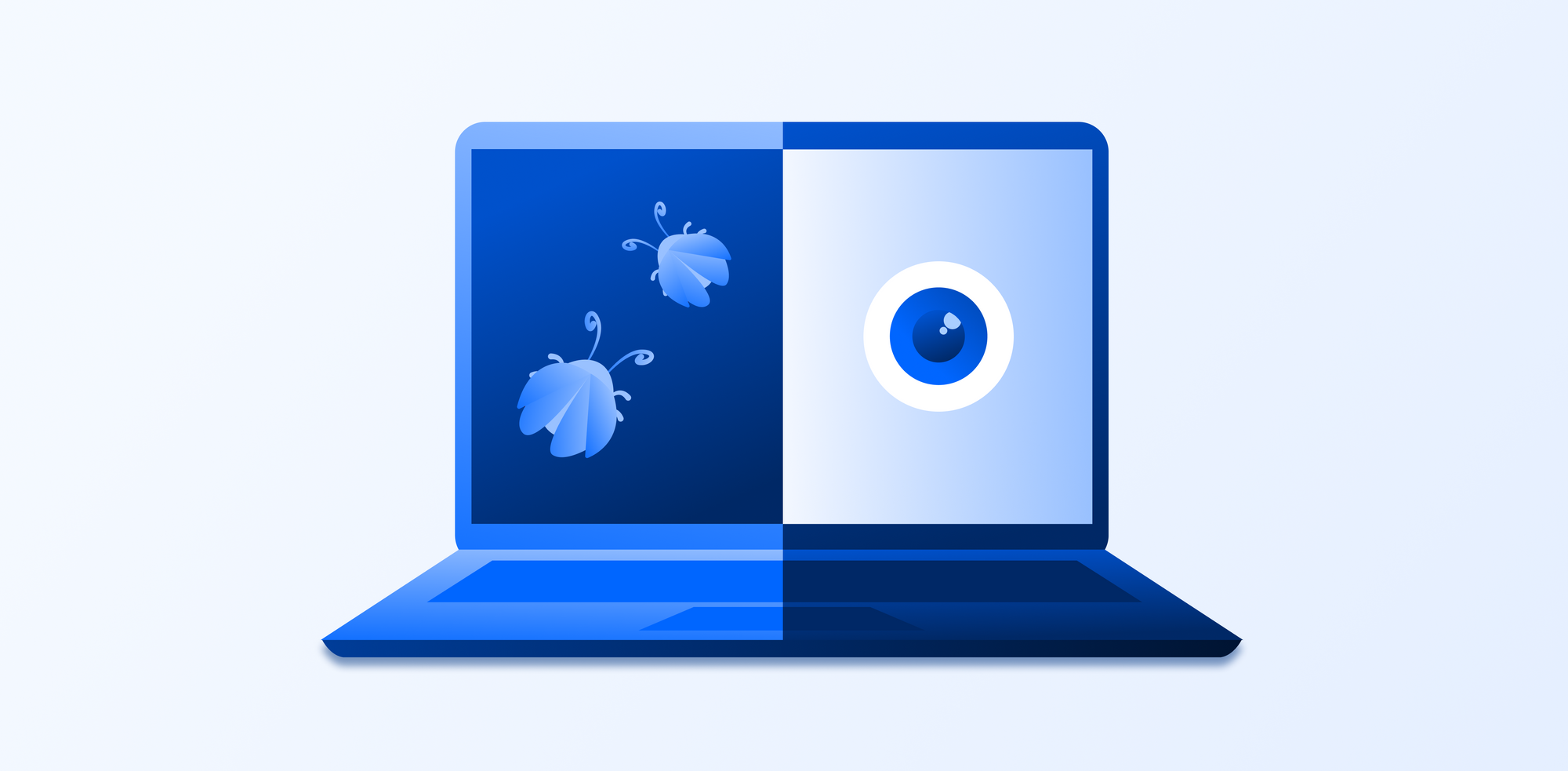
Let’s talk about Malware vs spyware.
They might sound similar, but they pose different kinds of threats, and both can seriously compromise your privacy and security.
Both have a long history of causing chaos for businesses and individuals, but with the right knowledge, knowing how to spot malware vs spyware will increase your chances of preventing these kinds of cyberattacks before they ruin your device or compromise your data.
This article will give you the knowledge needed about malware and spyware, covering what they are, the differences, famous examples, and how services like Internxt can help prevent these attacks.
Table of contents
- What is malware?
- What are the different types of malware?
- What is spyware?
- What are the different types of spyware?
- Malware vs spyware: famous examples
- How to prevent malware and spyware
What is malware?
Malicious software or malware is software or code designed to disrupt, damage, or gain unauthorized access to systems or devices.
The first example of malware in the history of cybersecurity dates back to 1971. Bob Thomas created the first malware as an experiment to spread the message: “I’m the creeper, catch me if you can!” across mainframe computers.
Although it didn’t cause any harm, it’s the first example of software spreading from device to device.
Fast forward to today, malware has evolved with modern technology, hiding in apps, websites, emails, and more, designed to steal personal data, spy on data, hijack devices, or install ransomware.
Regarding malware vs spyware, the difference is subtle, but we will go into more details in this article. Broadly speaking, it can be described as:
- Malware is an umbrella term for any kind of malicious software designed to damage, disrupt, or gain unauthorized access to a system.
- Spyware is a specific type of malware with a slight difference; it is designed to work in the background to collect personal information like passwords, rather than obvious damage such as ransomware.
What are the different types of malware?
Now that we know the subtleties of malware vs spyware, we can take a look at the different types of malware, how they work, what they do, and how to get rid of them.
Viruses
A computer virus works in the same way as the flu, meaning the computer virus enters your system, takes over a file, and uses it to replicate and spread malware through your device.
Viruses typically spread on your devices by downloading infected email attachments, clicking on suspicious links or pop-ups, visiting unsafe or spoofed websites, plugging in compromised USB drives, or installing fake software.
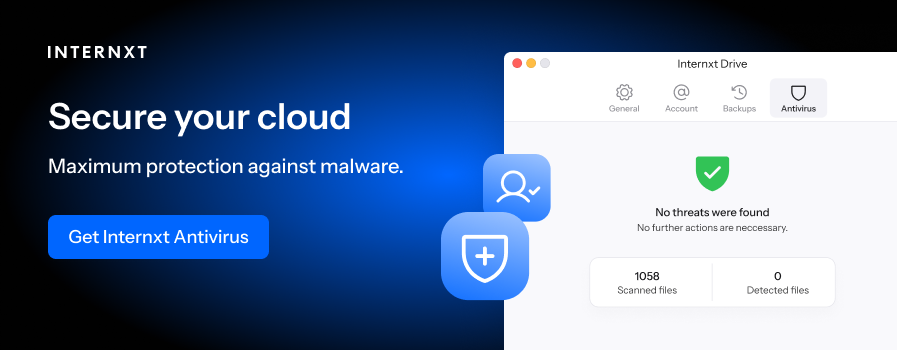
If the device is activated through any of these methods, it can cause severe harm to your devices, such as overheating, draining your battery life, and stealing data. iPhone viruses or other malware can also give hackers control over different devices, giving them access to emails, passwords, and other sensitive information.
With Internxt Antivirus, you can detect viruses quickly and easily with full or custom scans that you can run directly from your Internxt Drive app. From there, you can delete and protect your device from viruses and keep your files safe.
Worms
Unlike viruses, a computer worm doesn’t need to attach itself to a file to spread across devices or networks. Worms enter your device by clicking on malicious links, downloading infected files, or connecting to insecure networks (i.e., networks not protected with a VPN).
Worms are designed to move fast and cause as much damage as possible, so they may use your contacts or network to spread and damage as many devices as they can before they’re identified.
Trojans
Trojan viruses are inspired by the famous story of the Trojan horse from Greek mythology, where the Greeks hid soldiers inside a wooden horse as a gift to Troy. Once inside the city, the soldiers came out at night to open the city's gates for the Greek army, leading to Troy’s downfall.
A Trojan virus works the same way. It looks like a harmless or even helpful file or program, but once you let it in by opening or installing it, it secretly causes harm or gives control to hackers.
Ransomware
Ransomware is a common cyberattack affecting businesses and people across the globe, with some companies paying millions in ransomware costs every year.
In 2025, the average cost of a ransomware attack, including ransom payments and recovery expenses, is projected to be $4.88 million.
Common ways Ransomware can enter your device are through phishing, or by exploiting security vulnerabilities from outdated software. Ransomware encrypts your files and folders so you can’t see or access anything, and you can only regain access if you pay a ransom, normally by crypto.
A typical ransomware message will look something like this:
File backups are a useful preventative tools against ransomware because you can access your files from other devices even if your main one is locked by ransomware.
For example, if you use backups with Internxt Drive, you can back up your files and schedule automatic backups to keep your files updated and protected. All files with Internxt Drive are protected with post-quantum cryptography, the most advanced encryption to protect your files against ransomware.
Adware
Finally, adware will show you unwanted ads in your browser or apps, and is usually activated via downloads or installs offering free software.
Once adware is on your device, it will overwhelm your device with pop-ups, banners, or redirect you to shady websites aiming to steal your data or track your activities.
What is spyware?
As we can see from the previous examples of malware, the key difference between malware vs spyware is the obvious damage it causes, as you can usually see the effects on your device.

Spyware is less overt in its methods, so we will show you some examples of what they are, how they work, and how to detect them.
What are the different types of spyware?
Keyloggers
Keylogging is a spyware that logs and secretly records everything you type on your keyboard, passwords, credit card numbers, email addresses, business reports, and all the keys you press are recorded in a file hidden on your computer.
This file logs everything you type, often including the time, the application you're using, and the exact words or characters entered. From there, this information can reach the hacker in two ways:
- By automatically sending the log file over the internet to the hacker’s server at regular intervals. This could be every few minutes, every hour, or whenever the file reaches a certain size.
- In more advanced versions, the hacker can remotely access your device and view what you’re typing in real time.
Spotting keylogging software can be tricky, but some signs to look out for are:
- Slow device performance
- Unexpected pop-ups
- Programmes opening or closing on their own.
Tracking cookies
Legit websites will use cookies on their websites to improve your experience by remembering your preferences, keeping you logged in, and helping the site run smoothly. While they do collect some data, it’s usually limited, and you can deny access to information or limit access to cookies that are only necessary to make the site work.
Some third-party tracking cookies may go beyond this by following your activity across many sites to build detailed profiles about you without your consent or permission.
Screen scrapers
Like keyloggers, screen scrapers are another type of spyware that's installed secretly on your device and records your screen and all your activity in the background without you knowing.
There are legitimate screen scrapers, which are useful to extract data, but when used for malicious purposes, they can steal login credentials, browsing history, or financial data, leading to severe consequences such as data breaches.
Rootkits
Rootkits are a type of malware designed to infect a computer by granting the attacker remote access to the system. The danger of these files is that they are designed to hide in plain sight and give the attacker administrator-level access to a computer or network that runs in the background.
Rootkits can be especially dangerous. They often run before your operating system even boots up, making it nearly impossible to detect using traditional antivirus tools because they operate below that level. In some cases, the only way to remove a rootkit is to wipe the entire system and reinstall the operating system.
Malware vs spyware: famous examples
Now we know the examples of malware vs spyware and the different types, let's look at some famous examples of these malware attacks.
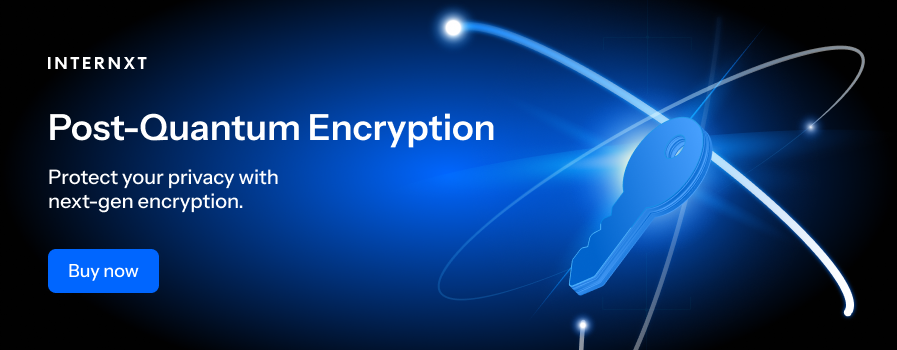
Melissa virus
Famous examples of viruses coincidentally happened around the Y2K panic, where everyone thought the world was going to end due to the internet failing.
In 1999, a famous virus known as Melissa was one of the first widely spread email viruses. It infected a Microsoft Word document with an infected attachment, and would send the document to the first 50 contacts in the victim's Outlook email address book.
If someone opened the attachment, the computer became infected, and the virus repeated the process.
Blaster & Conficker
Blaster (2003) and Conficker (2008) caused worldwide attacks on Windows systems by exploiting security flaws and network vulnerabilities, causing widespread disruption.
Zeus
Zeus was a Trojan virus that stole banking information by disguising itself as legitimate software and spread through phishing emails and malicious downloads. Once on the system, Zeus recorded keystrokes, captured login credentials, and intercepted online banking sessions, allowing attackers to access accounts and steal money.
Ransomware
The most famous example of ransomware is WannaCry from 2017, which infected over 200,000 computers across more than 150 countries.
It spread rapidly by exploiting a vulnerability in Windows systems known as EternalBlue, which had been leaked from U.S. intelligence tools. Once infected, systems had their files encrypted and were locked with a ransom demand for payment in Bitcoin.
WannaCry caused massive disruptions in healthcare, businesses, and government institutions, including the UK's National Health Service, where critical medical services were halted.
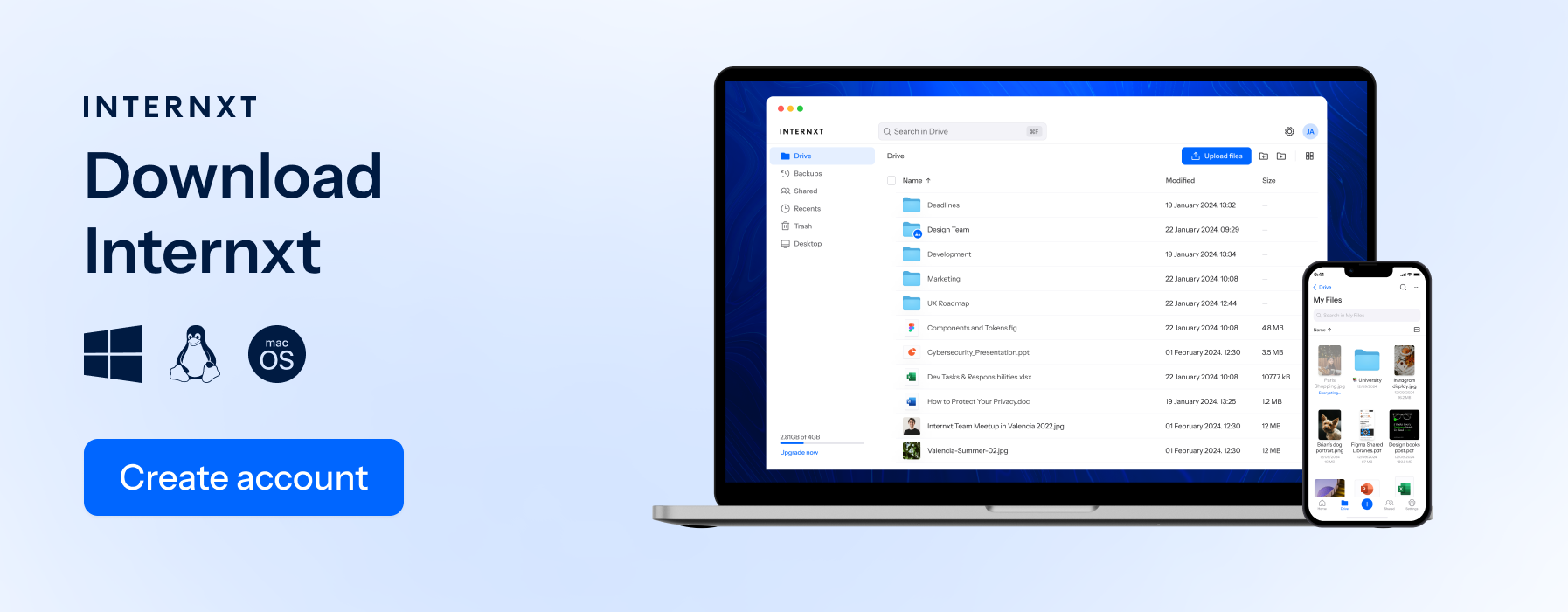
Fireball
Fireball was a type of adware that hijacked web browsers to generate fraudulent ad revenue and install additional spyware. It was capable of taking full control of the infected browser, changing default search engines, and tracking user behavior, affecting over 250 million computers globally.
Pegasus
Pegasus used zero-click exploits by taking advantage of hidden security flaws in apps like iMessage or WhastApp.
This made Pegasus an extremely dangerous kind of spyware, as it could be delivered through a missed call or message the user never saw. Once installed, the malware would silently install itself, giving the cyberattackers full access to the device, including its camera, microphone, messages, and location.
Stuxnet
Stuxnet is considered the first known cyberweapon used by the US and Israel to harm Iran’s nuclear program.
Stuxnet attacked computer systems that control machines used to spin uranium for nuclear weapons. It changed the speed and damaged machines while reporting normal operation to the system monitors. Because of this trick, people didn’t realize the machines were broken, allowing the malware to remain undetected for months.
How to prevent malware and spyware
Antivirus
An antivirus is an important feature to have in your arsenal to protect you against malware and spyware, as it runs scans on your system and files by scanning files and programs for known threats, blocking suspicious behavior, and removing harmful software before it can damage the system or steal data.
Internxt combines private cloud storage with its paid annual and lifetime plans to give you the most secure storage in conjunction with the Internxt Antivirus system. It allows you to run full or custom scans, identify and delete malware from your system, so you can keep your device and files secure.
VPN
A VPN is another tool that encrypts and protects your internet connection, preventing hackers, internet providers, and tracking tools from seeing what you do online.
A VPN is also available with Internxt. You can download it for free to get instant access, or get up to five locations, unlimited speeds, and bandwidth with an Internxt plan. Internxt's VPN protects you in locations when using public wifi, hides your IP, and prevents targeted ads.
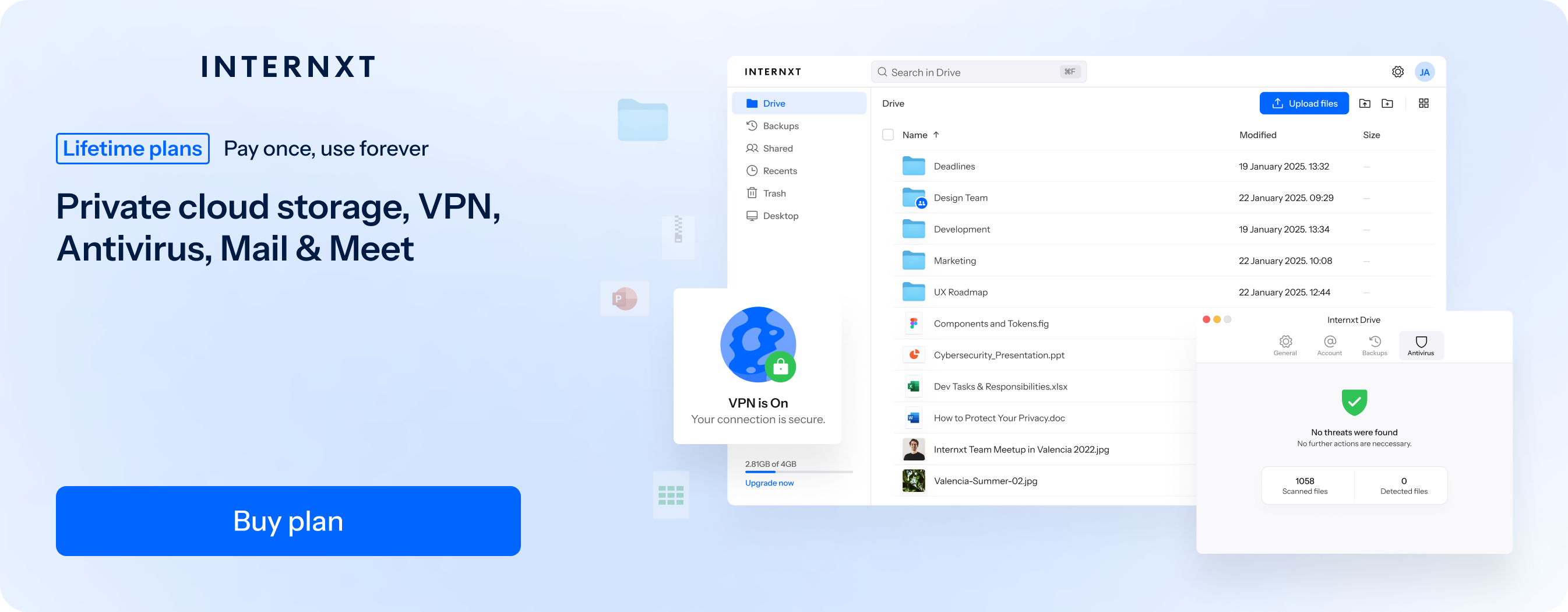
Update your software
Software developers regularly release updates to patch security vulnerabilities that attackers might use to infect your system with malware, spyware, or ransomware. These updates can also fix bugs, improve speed and stability, and introduce new or improved features.
Encrypted products
By using encrypted tools, you protect your sensitive data during transfer and storage, reducing the risk of spying, data theft, or unauthorized access.
Emails, messaging apps, file-sharing tools, and cloud storage are all essential to reduce the risk of spying, data theft, or unauthorized access.
Check the following articles for:
Identify cyberattack attempts
Identifying cyberattack attempts on your own devices and in the workspace is essential to prevent malware and spyware from compromising your data and security.
Common signs include:
- Unexpected emails or messages asking for personal information or containing strange links or attachments.
- Pop-up warnings claiming your device is infected or urging you to download security tools.
- Slow device performance, unfamiliar programs running, or settings changing without your input.
- Login attempts or alerts from unfamiliar locations or devices.
- Files being encrypted or missing, which could signal ransomware.
- Web browser redirects or an increase in unwanted ads may indicate adware or spyware.
So that’s everything you need to know about malware vs spyware and how to identify and protect yourselves from these threats.
Join Internxt today to get the best security and private ecosystem to protect you online!

